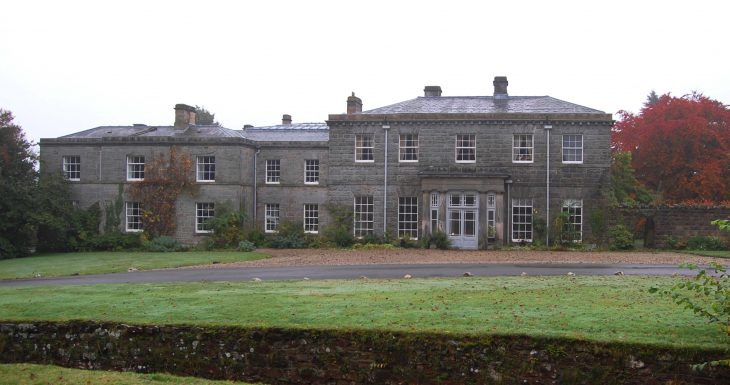Hartsheath
Stone-built mansion-house, its current form the work of Charles James Mathews, a little known-pupil of A C Pugin.
Mold, Flintshire

The Hartsheath estate was owned by the Lloyd family in the early 18th century, and it was probably the Lloyds who were responsible for the first-known house on the site, probably built in 1702. The house was remodelled in the late 18th century, before the estate was purchased by Colonel Wardell.
The house appears to have fallen into ruin quite quickly, and by 1819 was in poor condition. That’s when the Welsh Iron and Coal Mining Company stepped in. The Company called upon a little-known architect named Charles Mathews to design a residence for the company’s director, incorporating parts of the earlier building. Mathews had worked with John Nash in London, and was a student of AW Pugin. Despite his famous teachers, Hartsheath is his only known work. The style of the new building seems to have been based on the Shire Hall in Chester.
The Welsh Iron and Coal Mining Company spent 5000 pounds on the new house, but it was money ill spent, for it drained the company coffers, and the firm was forced to close. The new house was then purchased by the Jones family. The only other time it appears on the pages of history is during WWII, when it was requisitioned by the military and used as a base for cartographers working on plans for the D-Day landings.
The house stands two storeys high, with a main wing of five bays, integrating classical motifs like a Doric porch. The interior features an entrance hall with a black marble fireplace Regency oak details, and early 19th-century doors. The drawing room has trompe l’oeil painting decoration with pineapple motifs. The service areas, adapted from the earliest house here, include a servants’ hall, butler’s pantry, and Victorian kitchens. Under the main house block are vaulted cellars.
